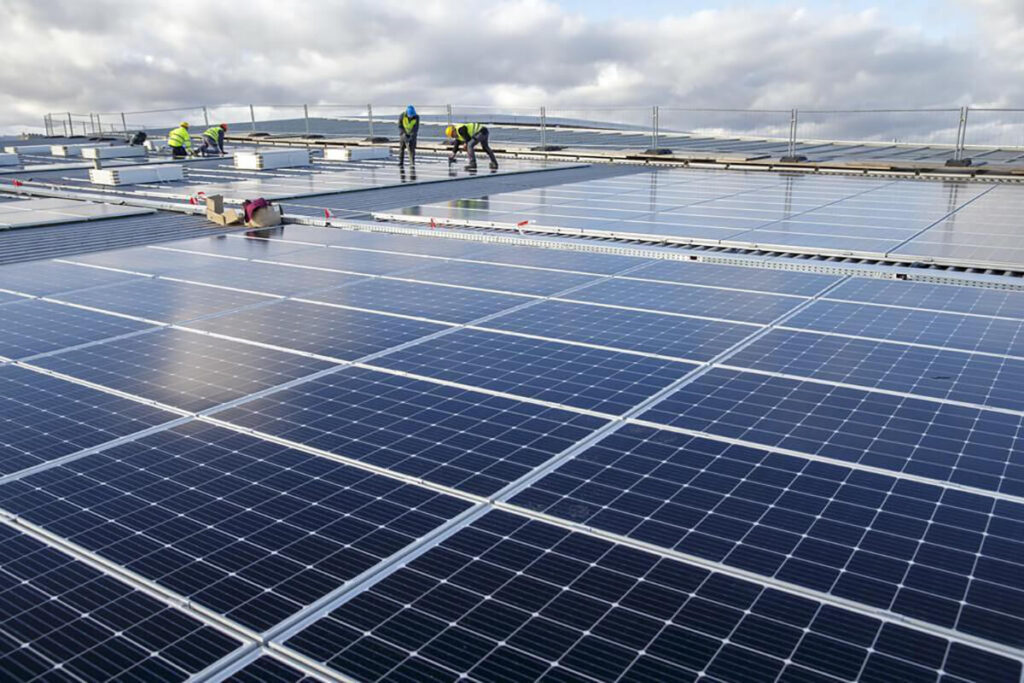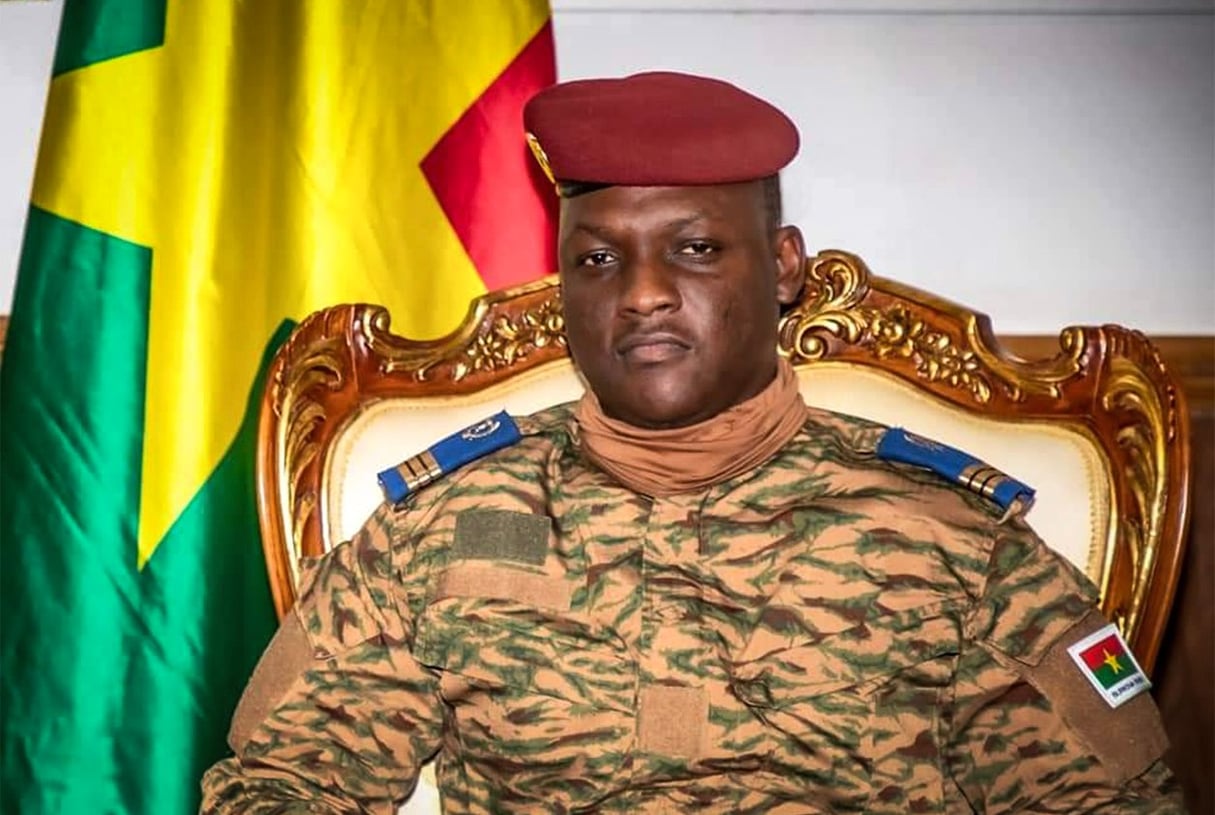Once heavily reliant on electricity imports, Burkina Faso is now embracing solar energy as a strategic pillar of its development. By harnessing the sun, the country aims to reduce its dependency, attract private investment, and build a sustainable energy future.
Until recently, nearly 40% of Burkina Faso’s electricity came from abroad, mainly from neighboring Côte d’Ivoire and Ghana. For a country grappling with rapid population growth, economic challenges, and security concerns, this energy dependence posed a major obstacle to long-term development and industrial expansion.
That began to change in 2017 with the commissioning of the Zagtouli solar plant, located just outside the capital, Ouagadougou. The 33 MW facility, at the time the largest grid-connected solar power station in West Africa, marked the beginning of a major policy shift. Since then, the government has made solar power a national priority and is working closely with international partners to scale up investment.

Burkina Faso’s solar strategy includes the launch of public-private partnerships, the creation of a favorable regulatory framework for independent power producers, and a clear push toward transparency in project bidding. The national utility, SONABEL, has signed long-term power purchase agreements with solar developers, helping to de-risk investment and stabilize the energy market.
Several large-scale projects are now underway or already operational, including the 38 MW Kodéni plant near Bobo-Dioulasso, developed by UAE-based AMEA Power, and the 30 MW facility in Pâ, led by Qair Energy. In rural areas, hybrid solar and battery solutions are helping electrify off-grid communities—bringing light, communication, and opportunity where there was none.
The government’s target is to increase the share of renewables in the country’s energy mix to 50% by 2030, up from approximately 20% today. But beyond technical metrics, solar is proving to be a tool for social and economic empowerment—creating jobs, lowering production costs, and accelerating rural electrification.
Local communities are increasingly included in these efforts through training programs, local hiring initiatives, and education campaigns that promote ownership and sustainability. Women and young people, often excluded from traditional energy sectors, are finding new opportunities in solar installation, maintenance, and project management.
Despite budgetary and security constraints, Burkina Faso is emerging as a regional innovator in clean energy. Its pragmatic, partnership-based approach could serve as a model for other Sahelian nations facing similar energy access challenges.
With consistent leadership, stronger infrastructure, and ongoing collaboration, Burkina Faso is showing that energy independence through solar is not just possible—it’s happening.



